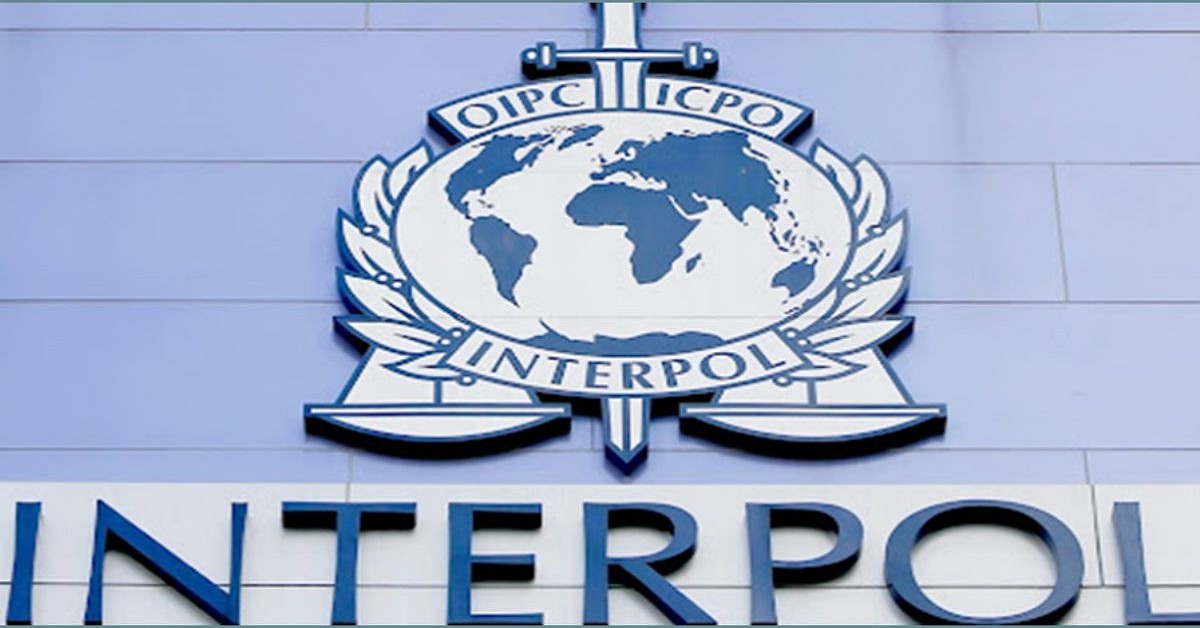
Understanding Interpol’s Red Notice: What You Need to Know
The concept of a Red Notice plays a pivotal role in international law enforcement. It serves as an important tool for improving global cooperation to combat crime. In this article, we will explore what a Red Notice from Interpol entails, the criteria for its issuance, and its implications for individuals and countries alike. For more detailed information, feel free to visit що таке червона картка Інтерполу protocol.ua/ua/krasnaya-kartochka-interpola-chto-nuzhno-znat/.
What is Interpol?
Interpol, or the International Criminal Police Organization, is a global entity that facilitates cooperation and communication among law enforcement agencies from various countries. Established in 1923, it currently consists of 195 member countries, making it one of the largest international organizations focused specifically on combating crime. Interpol’s primary objectives include preventing crime, supporting investigative processes, and facilitating the arrest of fugitives.
Defining the Red Notice
A Red Notice is a request to law enforcement worldwide to locate and provisionally arrest a person pending extradition, surrender, or similar legal action. It is not an international arrest warrant; rather, it serves as a means to alert global law enforcement agencies that an individual is wanted based on a valid national investigation or legal order. This distinction is crucial: a Red Notice does not compel a country to undertake extradition, as each jurisdiction has its own laws governing such processes.

Criteria for Issuance
For a Red Notice to be issued, several criteria must be met. These typically include:
- The individual must be the subject of a valid national arrest warrant.
- The charges against the individual must be serious—often involving terrorism, drug trafficking, human trafficking, or organized crime.
- The request for a Red Notice must be submitted by a member country to Interpol in accordance with the organization’s regulations and standards.
The Process of Issuance
The process of issuing a Red Notice begins when a member state submits a request to Interpol. The General Secretariat evaluates this request to ensure it complies with Interpol’s rules, which include adherence to human rights standards. If deemed valid, the Red Notice is published, allowing law enforcement around the world to act on the request.
Implications of a Red Notice
A Red Notice has several implications both for individuals and countries. For the individual named in a Red Notice, it can significantly impact their freedoms and ability to travel. While it is not an arrest warrant, being subject to a Red Notice may lead to detainment in a member country, especially when they attempt to cross borders. Furthermore, it can lead to heightened scrutiny of their activities and possible extradition proceedings.

For countries, a Red Notice can serve as a diplomatic tool. It enhances existing legal frameworks for cooperation in criminal matters and may put pressure on countries to align with global law enforcement standards. Nonetheless, member states can refuse to act on a Red Notice if they believe it contradicts their national laws or international obligations.
Limitations of Red Notices
While Red Notices are effective in many aspects, they do have limitations. They are not legally binding, and non-compliance can occur, especially in countries with different legal systems or political motivations that influence their approach to extradition or law enforcement. Critics argue that Red Notices can be misused for political reasons, targeting individuals who may be dissidents or opponents of certain regimes. Therefore, Interpol has established guidelines to prevent misuse of its notices, emphasizing the need for compliance with human rights standards.
Conclusion
In summary, a Red Notice issued by Interpol is a significant tool in the international fight against crime, acting as a global alert to apprehend fugitives. While it facilitates international cooperation, its limitations and potential for misuse highlight the complexities involved in international law enforcement. As global crime continues to evolve, understanding mechanisms like the Red Notice becomes increasingly important for ensuring justice and upholding the rule of law across borders.
Further Reading
For those interested in a deeper dive into the workings of Interpol and the implications of Red Notices, a variety of resources are available through legal and governmental channels. Learning about international law can provide additional context on how these mechanisms interact with national legislation and human rights.

